Inside the Apartment Where Researchers Study How to Age in Place
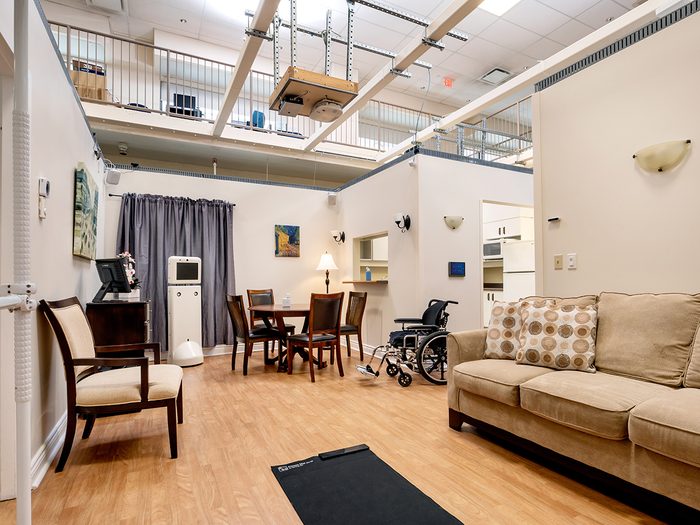
Get a tour of the "home within a lab," where new products to help keep seniors safe—like cameras, motion sensors and wearables—are tested and tweaked.
University Avenue in Toronto is lined with several major hospitals, but nestled inside one of them—University Health Network’s Toronto Rehabilitation Institute—is a fully functioning apartment, plopped right there on the twelfth floor amid a sea of standard office cubicles.
The one-bedroom apartment has no ceilings, and is lined with cameras, “domestic robots” and motion-sensing detectors designed to keep residents safe as they age, recover from stroke or seek to live independently with a disability or dementia (for example). The “home within a lab” is also designed to replicate the same accessibility challenges that seniors and their caregivers would encounter in a typical home, so researchers can test out creative solutions to common barriers.
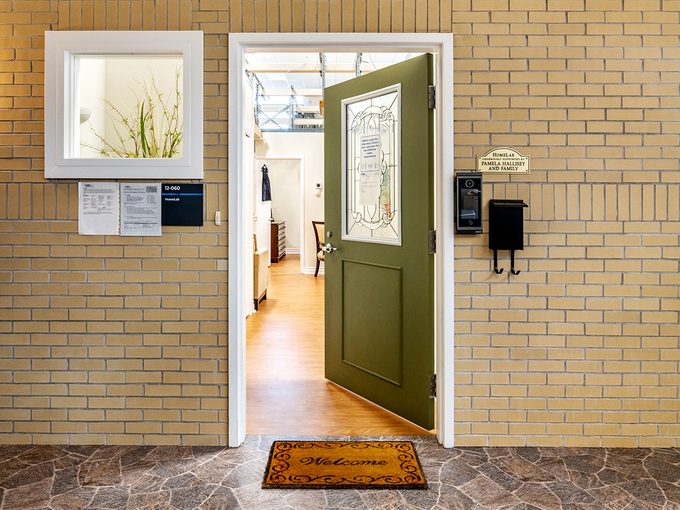
Yes, it’s all a bit Big Brother-y, but the catwalk, the robot and the video cameras are there in the name of science. This is where Atena Roshan Fekr and her team of grad students at the KITE Research Institute HomeLab test out new products, design artificial intelligence data programs and build prototypes aimed at helping the 92 percent of Canadians aged 45-plus who would prefer to age in place, as opposed to living in a long-term care facility, according to a 2022 Ipsos poll.
Roshan Fekr specializes in the intersection of technology and aging. The KITE HomeLab is one of four institutions across Canada that make up a project called PATH: the Program to Accelerate Technologies for Home Care. Roshan Fekr and her colleagues develop and test these remote monitoring systems so that they can, one day, be successfully commercialized.
The data gathered will also be super valuable to doctors, and busy or far-away relatives and caregivers trying to get a sense of how their loved one is doing on their own. “The clinician or the family members will be notified if there’s a problem, or if they are progressing,” says Roshan Fekr. Here are some of the apartment’s features that can help keep seniors safe.
(Related: 5 of the Best Exercise Bikes for Seniors)
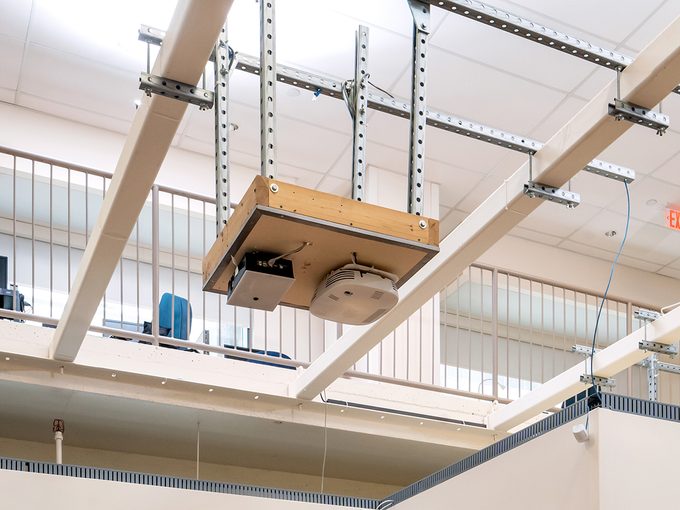
Cameras or catwalk
From the catwalk, and using the video camera footage, researchers can observe volunteer actors who imitate the typical behaviours, movements and reactions of those with physical disabilities or “sensory and cognitive impairments” as they interact with a standard residential space.
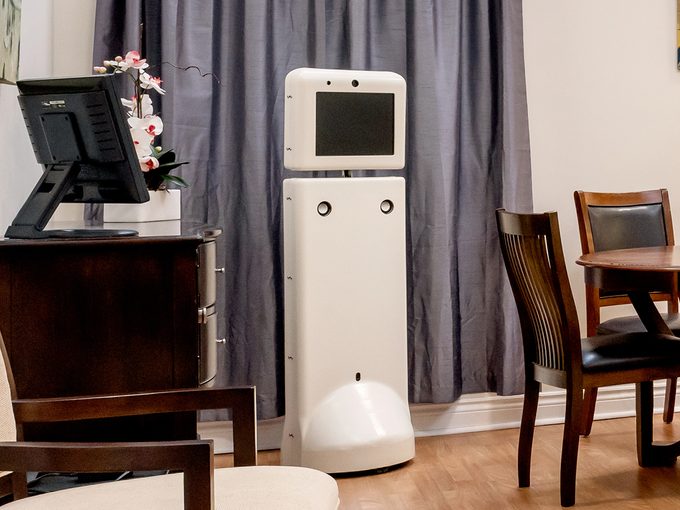
Helpful robot
This “domestic robot” gives both audio and video prompts to “people with dementia during their common everyday tasks, like washing their hands, brushing their teeth, or making a cup of tea,” says scientist Alex Mihailidis. It uses artificial intelligence to adapt to the needs of the individual user.
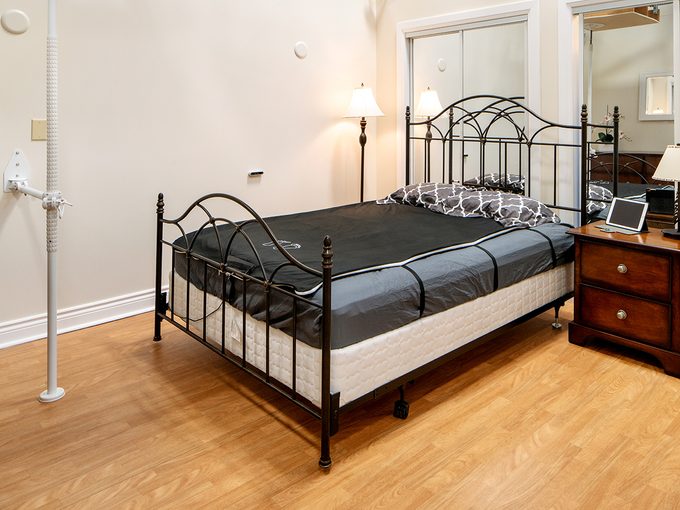
Smart sheets
The mat on the bed measures health data such as heart rate and respiration rate, says Roshan Fekr. It can also monitor sleeping position and can alert a caregiver that it’s time to help turn the patient to prevent pressure sores (aka bed sores).
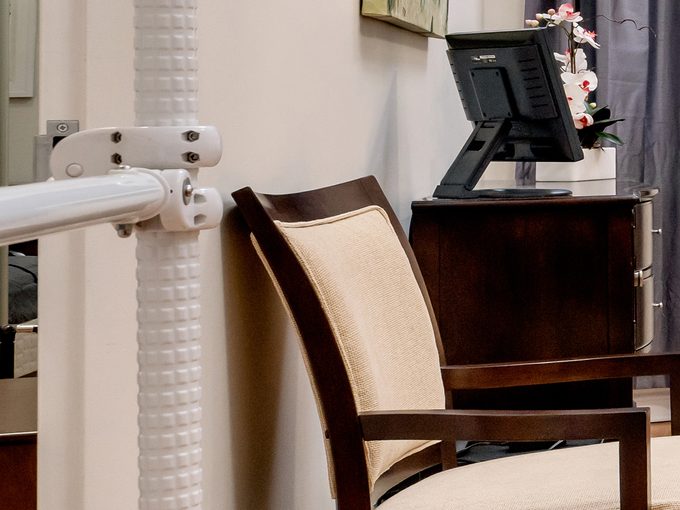
Grab bars
Standard accessibility grab bars help seniors navigate safely from the bedroom to the bathroom especially at night, when visibility and mental alertness may be limited.
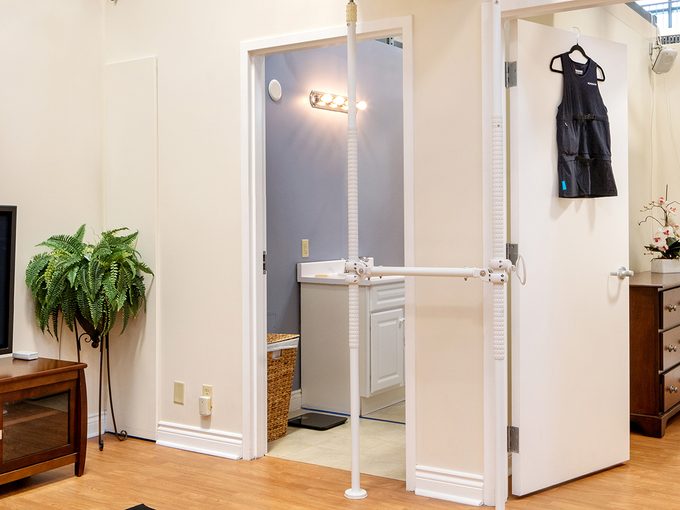
Bathroom monitoring
Roshan Fekr and her colleagues will soon be testing a device that tracks toilet use and measures a resident’s level of hydration and output.
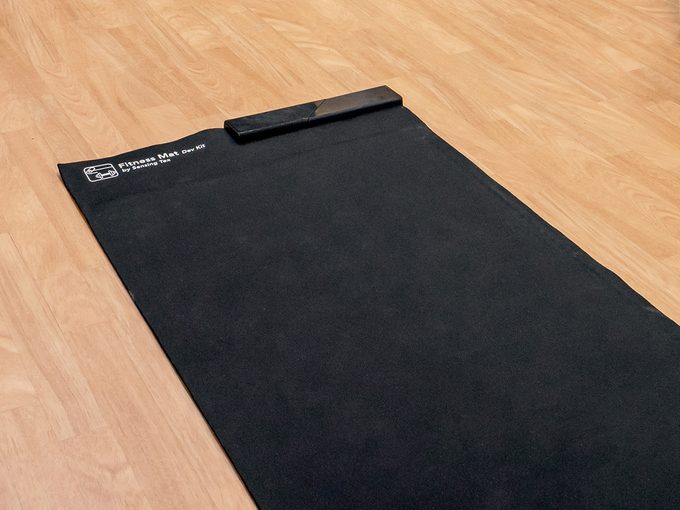
Exercise mat
This smart yoga mat is used to record physical therapy sessions. Tele-rehab allows seniors to recover at home (from a hip replacement or a stroke, for example) without needing to drive or commute to a hospital or PT office as an outpatient. The camera over the TV monitors body alignment, and the pressure heat as a patient does exercises on the fitness mat also creates data points.
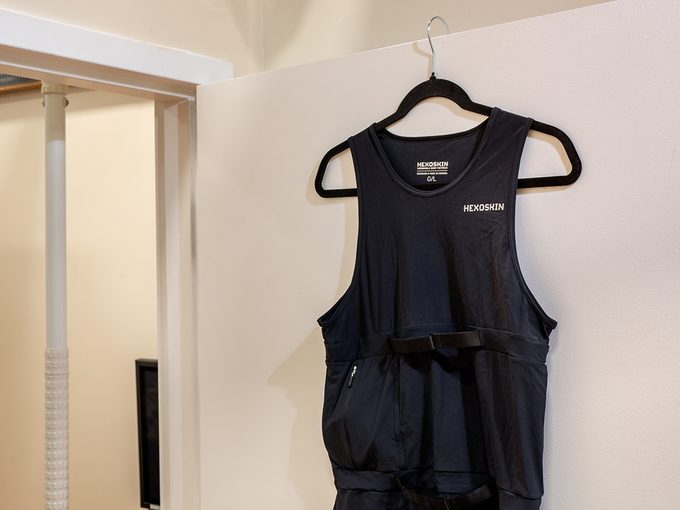
Smart garment
This wearable, washable shirt from Hexoskin can measure vital signs such as heart rate, breathing rate and the resident’s ECG (or electrocardiogram, which can monitor heart conditions), as well as general activity like total daily steps and calories burned.
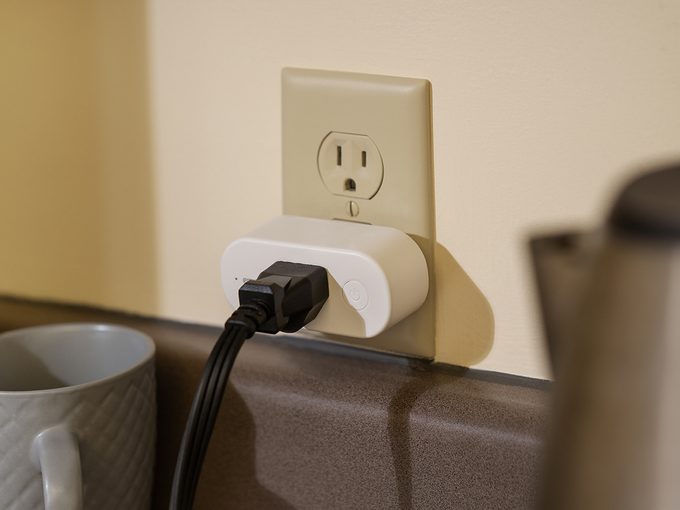
Outlet plugs
Remote users (such as a family member) can turn off an appliance that’s been accidentally left on (using Wi-Fi and a phone app). They can also monitor activity levels around the apartment by detecting what’s plugged in where and for how long.
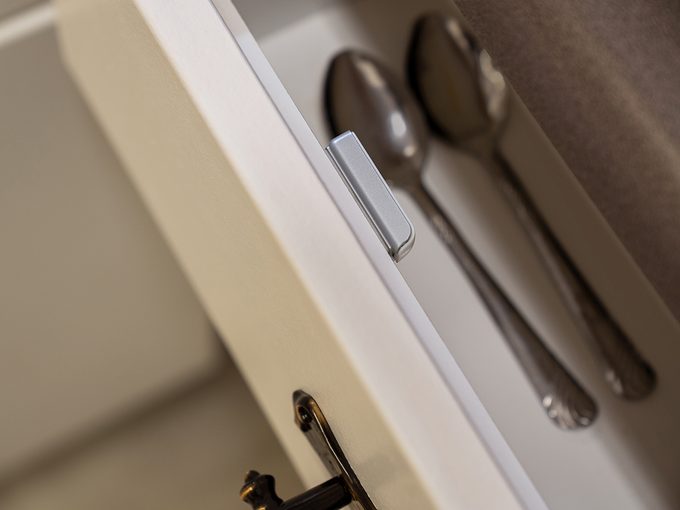
Drawer, oven, microwave and fridge sensors
The kitchen drawers, cupboards, microwave, oven and refrigerator are equipped with door contact sensors that track when a resident is opening and closing them. This gathers data that can be helpful to families worried their loved one isn’t eating or drinking enough—or concerned about safety in the kitchen.
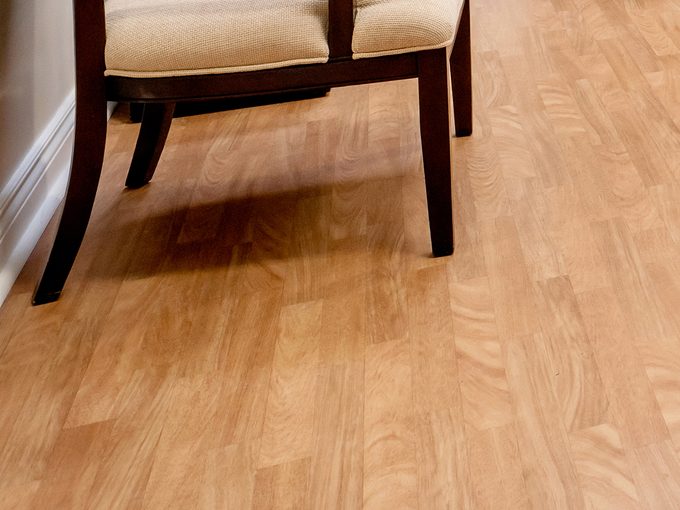
Living room floors
For a future project, the floors will be equipped with pressure sensors that can monitor a senior’s movement patterns and log changes to their gait (which is a possible sign of deteriorating health).
Next: 5 Stretching Exercises for Seniors—or Anyone Who Feels Achy




